Review: The Realme X7 5G is a mid-range phone with standout value
Realme once again delivers a budget phone that undercuts its rivals, but there are a few trade-offs.
Realme has all the momentum in India's budget segment right now. The brand is the fourth-largest handset manufacturer in the country and has a market share of 16%. It has managed to acheive this by mounting an effective challenge to Xiaomi in this category.
Like Xiaomi, Realme launches a lot of phones over the course of the year, and there is quite a bit of crossover between its product lines. The Realme X7 debuted in China last year and is now making its way to global markets. The phone itself shares a lot of parts with the Realme 7 Pro, which was introduced five months ago.
But what sets the Realme X7 apart is the MediaTek Dimensity 800U — I used the chipset on the Redmi Note 9T a few weeks ago and came away impressed with the performance on offer. The Realme X7 is positioned against the Xiaomi Mi 10i in India, with both phones offering a similar value. So let's see what you're getting with the Realme X7 and whether it is the right phone for your needs.
Realme X7
Bottom line: The Realme X7 ticks all the right boxes: you get a 90Hz AMOLED panel, cameras that take great photos, internal hardware that should last several years, and reliable battery life with 50W fast charging. It is missing a few ports and runs Android 10, but if you can look past that, there is plenty to like here.
The Good
- Vibrant 90Hz AMOLED panel
- Dimensity 800U has outstanding performance
- Great overall value
- Reliable cameras
- All-day battery with 50W fast charging
The Bad
- Runs Android 10 out of the box
- Bloatware
- No 3.5mm jack
- No microSD card slot
- No NFC
Realme X7 Price and availability
The Realme X7 is now up for sale in India and is available in two variants: a 6GB/128GB version that retails at ₹19,999 ($275) and an 8GB/128GB model that costs ₹21,999 ($300).
There's also a Realme 7 5G available in the UK that has the same MediaTek Dimensity 800U chipset but features an LCD panel instead and misses out on 50W charging.
Realme X7 Design and screen
Realme hasn't deviated too much from the norm with the X7; the phone follows a similar design aesthetic as recent launches from the brand in this category, with the back and frame made out of polycarbonate and the phone available in interesting color variants.
The Realme X7 has an elegant design — just don't get the Nebula version.
The three cameras at the back are arranged vertically, and the housing itself doesn't protrude too much from the chassis. The phone has subtle curves at the back where the body meets the mid-frame, making it easier to hold the phone. With dimensions of 160.9 x 74.4mm, the Realme X7 is one of the more compact options in this particular category. It's still not easy to use the phone one-handed, but it isn't unwieldy either.
The phone is available in two color options: Space Silver and Nebula. The former has an industrial aesthetic that makes it look rather elegant, while the latter has a rainbow gradient and is designed to stand out. The Nebula variant has Realme's tagline "Dare to Leap" emblazoned all the way across the back, and it ends up looking rather garish.
I'm a fan of gradient designs, but the text at the back deters from the design quite a bit and effectively turns you into a walking billboard for Realme. So if you're interested in picking up this phone, get the silver option.
The phone has the power button on the right and volume rocker on the left, and the SIM card tray is located at the bottom to the left of the USB-C port. There's an in-screen fingerprint sensor, and it is fast to authenticate and reliable in day-to-day use.
The overall design aesthetic is very similar to the Reno 5 Pro, and while the X7 isn't quite as slim at 8.1mm (versus 7.6mm), it is easy to hold and use. At 176g, it isn't too heavy either.
You'll find a 6.5-inch AMOLED panel at the front of the Realme X7, and the screen's 90Hz refresh rate makes it a delight to use. The panel has a resolution of 2400 x 1080, gets sufficiently bright in outdoor use, and has excellent colors.
While there's no option to adjust the color balance, you can adjust the color temperature to your tastes. The phone has an always-on display, but it isn't as feature-rich as what you'll find on Color OS — you just get the option to show the clock along with notification icons and a battery indicator.
But it's the panel that makes the X7 stand out. The 90Hz refresh rate makes day-to-day use just that little bit more fun to use the phone, and the AMOLED screen is one of the best you'll find in the mid-range category.
Realme X7 Hardware
The Realme X7 gets a hardware boost in the form of the MediaTek Dimensity 800U chipset. MediaTek is slowly gaining a foothold in the mid-range segment with the Dimensity series, and the 800U is a viable alternative to what Qualcomm has to offer in this category.
| Specs | Realme X7 |
|---|---|
| Software | Android 10, Realme UI 1.0 |
| Display | 6.4-inch 60Hz AMOLED |
| Chipset | 2.40GHz Dimensity 800U |
| RAM | 6GB/8GB |
| Storage | 128GB |
| Rear Camera 1 | 64MP ƒ/1.8 (primary) |
| Rear Camera 2 | 8MP ƒ/2.3 (wide-angle) |
| Rear Camera 3 | 2MP ƒ/2.4 (macro) |
| Front Camera | 16MP ƒ/2. |
| Connectivity | Wi-Fi ac, BT 5.1 |
| Battery | 4310mAh, 50W charging |
| Security | In-screen fingerprint |
| Colors | Space Silver, Nebula |
| Dimensions | 160.9 x 74.4 x 8.1mm |
| Weight | 176g |
The Dimensity 800U has two Cortex A76 cores that go up to 2.40GHz and six Cortex A55 cores that hit 2.0GHz. There are no issues in day-to-day use whatsoever, and I didn't notice any lag when playing games or browsing on the device. The chipset is on par with the Snapdragon 765G and should hold its own for a few years.
I wasn't able to test 5G connectivity because there's no 5G to speak of in India at this moment, but if you're looking to get the Realme 7 5G in the UK, know that the Dimensity 800U has 5G dual SIM dual standby (DSDS). MediaTek is, in fact, the first chip vendor to offer this feature, with Qualcomm's global multi-SIM 5G still relying on 5G + 4G.
That's because 5G dual SIM dual standby needs VoNR (Voice over New Radio), which utilizes the SA architecture for calls over 5G. However, this is a moot point for users in India, as public 5G networks are still a few years away.
As for the rest of the hardware, the Realme X7 comes with 128GB of storage as standard and is available with either 6GB or 8GB of RAM in India. That's a great move by Realme, but the downside here is that the phone misses out on a microSD slot. There's no 3.5mm jack either, so if you rely on a microSD slot for added storage and need wired audio, the Mi 10i may just be a better alternative.
You get great internal hardware, but there's no microSD slot, NFC, or 3.5mm jack here.
I understand the need to shift away from microSD slots and the 3.5mm jack, but Realme should have offered a 256GB variant as well, considering there's no way to extend storage. A more egregious omission on the Realme X7 is NFC; with the feature gaining momentum in India and Google adding the ability to pay over NFC in retail stores within Google Pay in India, there's no excuse for Realme not to include it on a mid-range phone. To be fair, the Realme X7 isn't the only phone in this segment that misses out on NFC — the Mi 10i doesn't have it either.
As for battery life, the Realme X7 comes with a 4310mAh battery that delivers all-day use without any issues. I didn't notice any problems with battery life in the week I used the phone, and when you do need to charge the device, there's 50W fast charging. Realme bundles a 65W charger in the box, and that's great to see.
The bundled charger takes just 18 minutes to charge the phone from zero to 50%, and a full charge to 100% takes just 50 minutes. The fast charging tech means you don't have to leave the phone plugged in overnight. Realme UI uses the same memory optimization as ColorOS, and it does a decent job extending battery life when the phone is idling. Oh, and you get two power-saving modes that considerably extend the battery life.
Realme X7 Cameras
The Realme X7 has three cameras at the back: a 64MP primary lens, 8MP wide-angle module, and a 2MP macro lens. Up front, you'll find a 16MP lens that takes decent selfies. The camera interface itself hasn't changed from earlier Realme phones, with all the shooting modes and toggles like HDR, timer, and AI-assisted features easily accessible.
The 64MP sensor is a known quantity in the mid-range segment, and you get the ability to take full-res images. There's also a dedicated night mode that lets you take much better photos at night, a pro mode that lets you manually adjust the white balance, exposure, ISO, and other settings. The viewfinder lets you easily switch between the primary and wide-angle lenses, and you also get 2x and 5x digital zoom.
Realme put in a lot of work around tuning its cameras, and the X7 takes great photos provided there's adequate lighting. Daylight shots have plenty of detail and vibrant colors, and there's good dynamic range as well. Shots at night tend to miss out on the detail and are quite grainy, but that's an issue plaguing most cameras in this particular segment. For what it's worth, the night mode does let you extract more detail and balance noise levels in low-light scenarios.
Realme X7 Software
The Realme X7 runs Realme UI 1.0 based on Android 10 out of the box. There's no mention of when the phone will be updated to Android 11, but it's safe to assume that it won't receive the stable release for a few months.
The X7 runs Android 10 out of the box, and it has no shortage of bloatware.
Realme UI 1.0 is derived from ColorOS, with Realme adding its own take on the skin. The interface itself feels modern and doesn't have overt customization, but what ultimately hinders the user experience is the amount of bloatware on offer.
Like Xiaomi, Realme stuffs its phones with a ton of pre-installed apps that you won't use, but they can be uninstalled. Some of these services will inundate you with notifications, so a good bet is to get rid of all the bloatware as soon as you set up the phone. The lock screen Magazine feature is another that you'll want to disable if you don't want to see ads every time you unlock your phone.
The software is optimized well for the hardware, and barring the bloatware, the only issue I have with the X7 is that it is running an outdated version of Android. Realme UI 2.0 features an overhauled interface with much more customizability, and Realme should have offered the latest version of its skin out of the box on the X7.
Realme X7 The competition
There's no shortage of choice in the mid-range segment, and you'll find plenty of phones that deliver great value in this category. Xiaomi's Mi 10i immediately comes to mind; the phone has a gradient design you'll actually want to use, and it packs great hardware in the form of a Snapdragon 750G, 108MP camera at the back, and a 4820mAh battery with 33W fast charging. The Mi 10i has an LCD panel that goes up to 120Hz, and the 108MP camera is roughly on par with what Realme is offering with the X7. The phone is marginally costlier at ₹21,999 ($300).
Then there's the OnePlus Nord. The phone continues to dominate sales in India and is one of the best cheap Android phones you can buy today. Although it is costlier than the Realme X7 at ₹24,999 ($340) for the 6GB/64GB version, you get better software and standout hardware that includes a 90Hz AMOLED screen, Snapdragon 765G chipset, and dual cameras at the front.
Realme X7 Should you buy?
You should buy this if ...
You want a 90Hz AMOLED panel
The 90Hz AMOLED display on the Realme X7 is a differentiator, and it makes using the device just that little bit more exciting.
You're looking for robust hardware
The Dimensity 800U is one of the best chipsets you'll find in this particular category, and you don't have to worry about performance issues on the X7. The phone also has 6GB of LPDDR4X RAM as standard and a 128GB UFS 2.1 storage module.
You need the best value
The Realme X7 costs ₹19,999 ($270) for the 6GB/128GB variant, making it a standout option in this category. It undercuts just about every other mid-range phone, so if you want to maximize value, this is the one to get.
You should not buy this if ...
You want the latest version of Android and a clean UI
The Realme X7 comes with Android 10 out of the box, and there's no mention of when the phone will make the switch to Android 11.
You need a 3.5mm jack or microSD slot
While the Realme 7 Pro featured a microSD slot and a 3.5mm jack, those are missing from the Realme X7. Although the base model comes with 128GB of storage, if you need a microSD slot for accessing your local media library, you'll have to look elsewhere.
Overall, the Realme X7 is one of the best options you'll find in the ₹20,000 segment. Realme is clearly going after Xiaomi's Mi 10i with this device, and the fact that it is undercutting its Chinese rival makes the X7 that much more enticing. The phone has a vibrant AMOLED screen, reliable hardware and camera, all-day battery life with fast charging, and the design itself looks premium.
Sure, the X7 is missing a few features, but there are alternatives available if you need a 3.5mm jack or microSD slot. Then there's the fact that the software is bogged down by bloatware, has spammy notifications, and is still on Android 10 with no mention of an update to Android 11. If you're okay with these trade-offs, the Realme X7 has a lot to offer.
Realme X7
Bottom line: If you're looking to buy a phone for ₹20,000, the Realme X7 is my recommendation. The phone has a 90Hz AMOLED panel, the Dimensity 800U has all the power you need, the 64MP camera takes great photos, and you get all-day battery life with 50W fast charging.
from Android Central - Android Forums, News, Reviews, Help and Android Wallpapers https://ift.tt/2PfSyUH

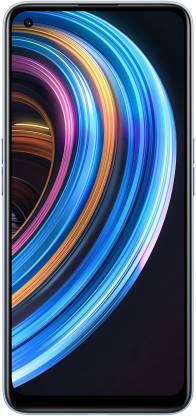
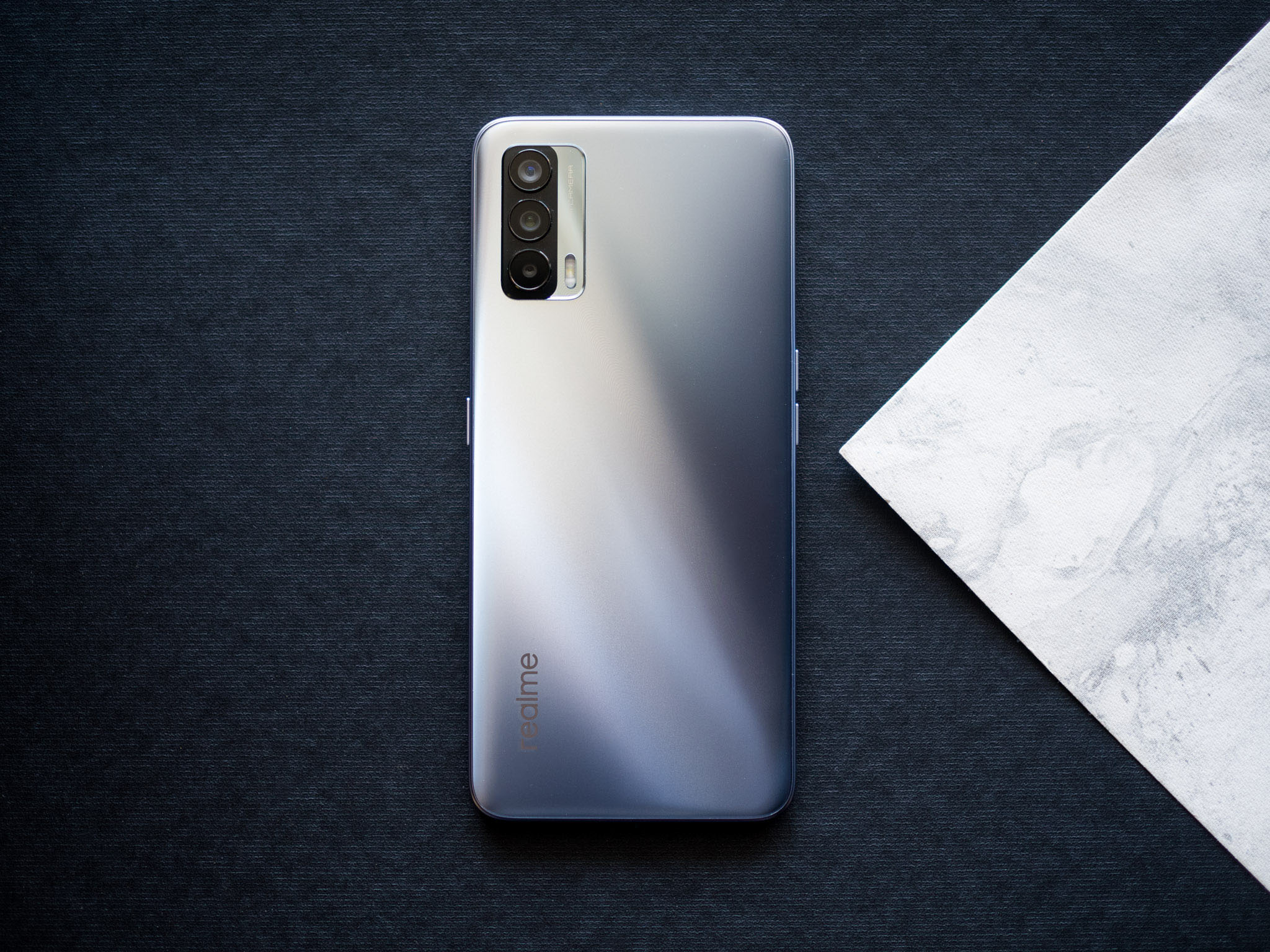
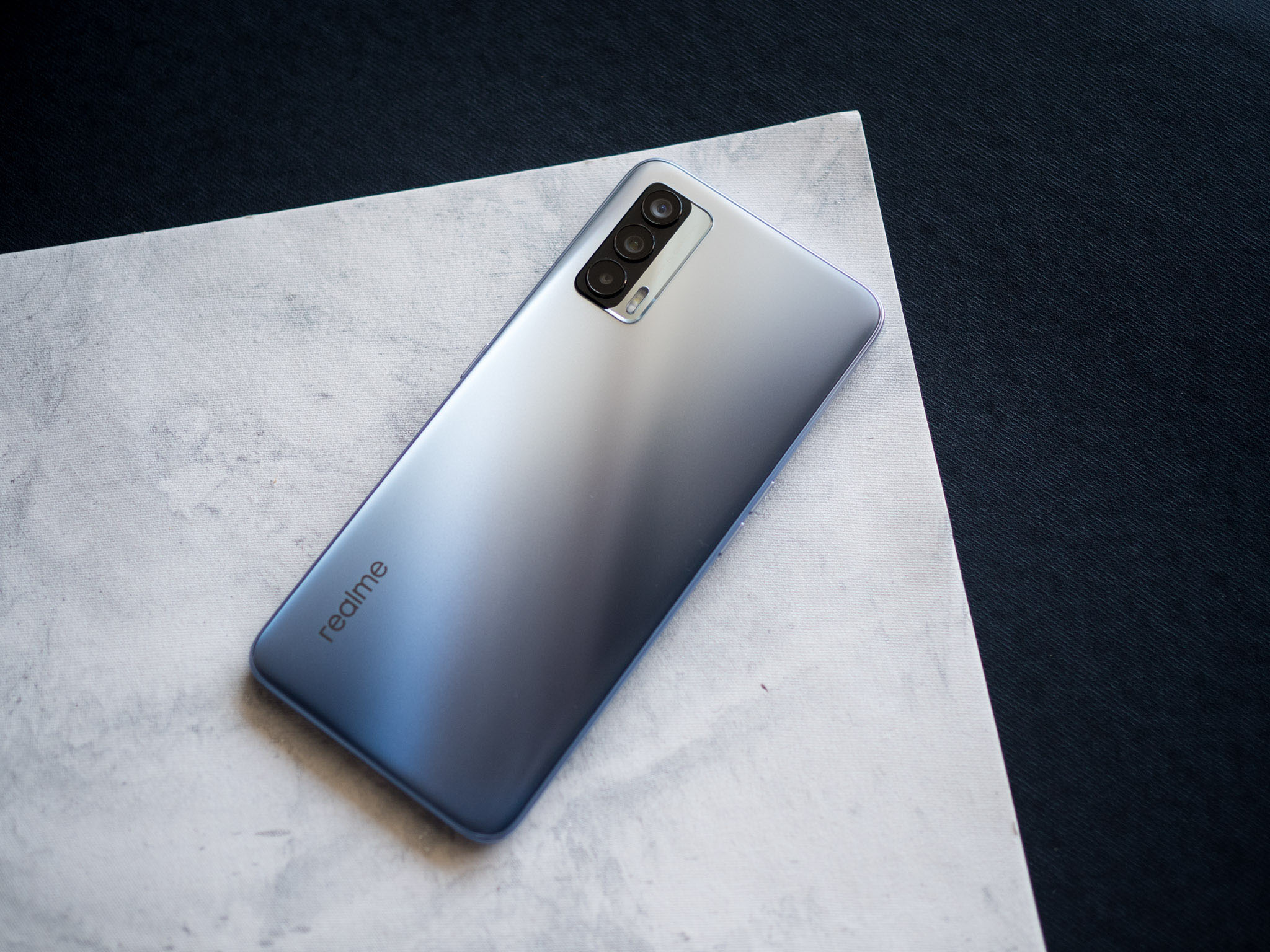
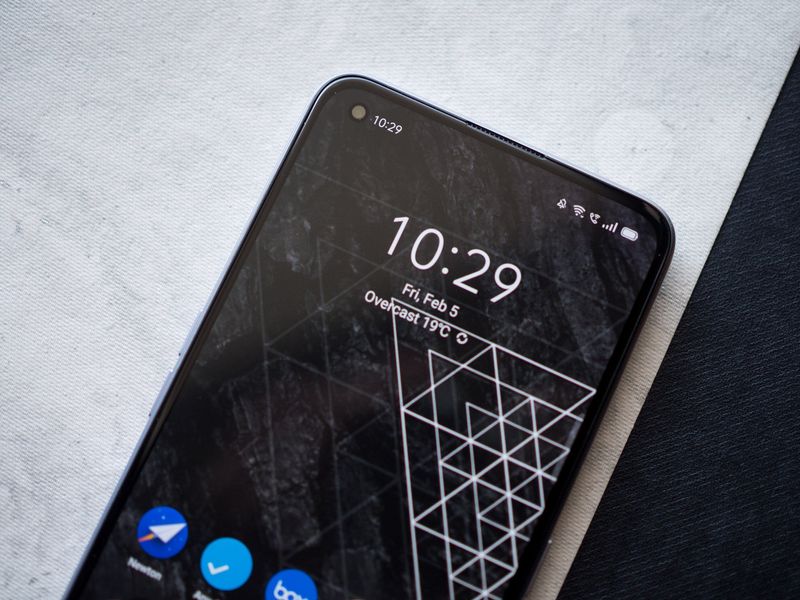
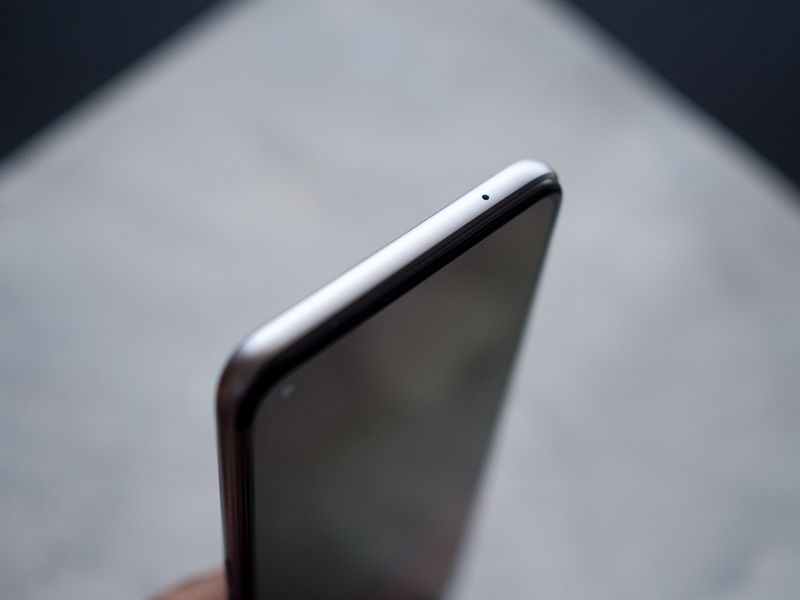
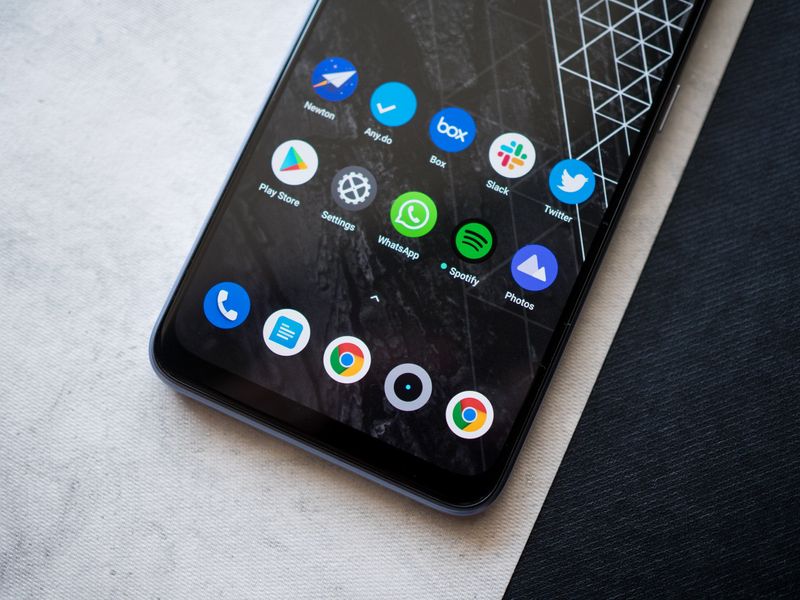
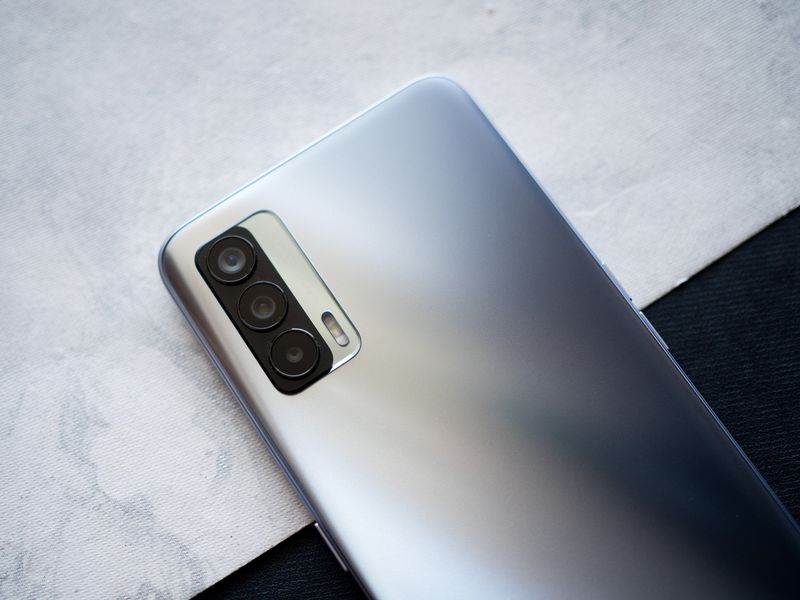

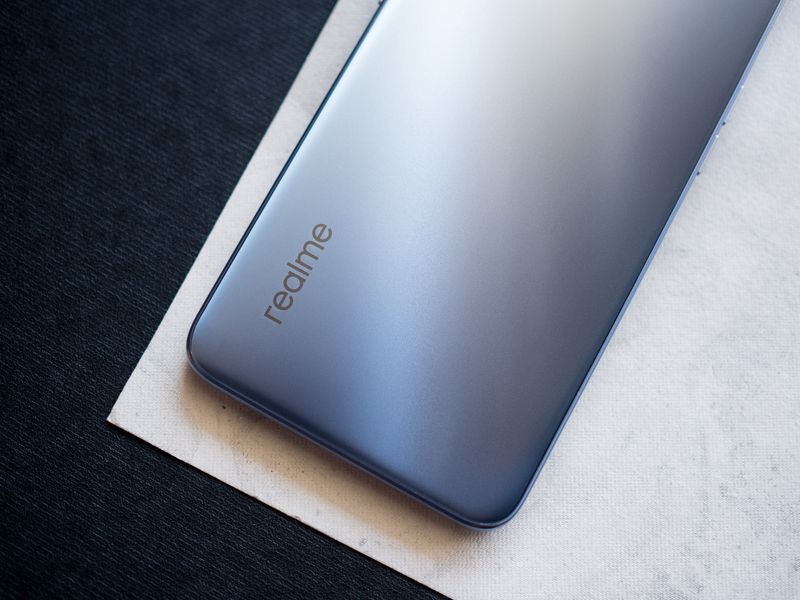
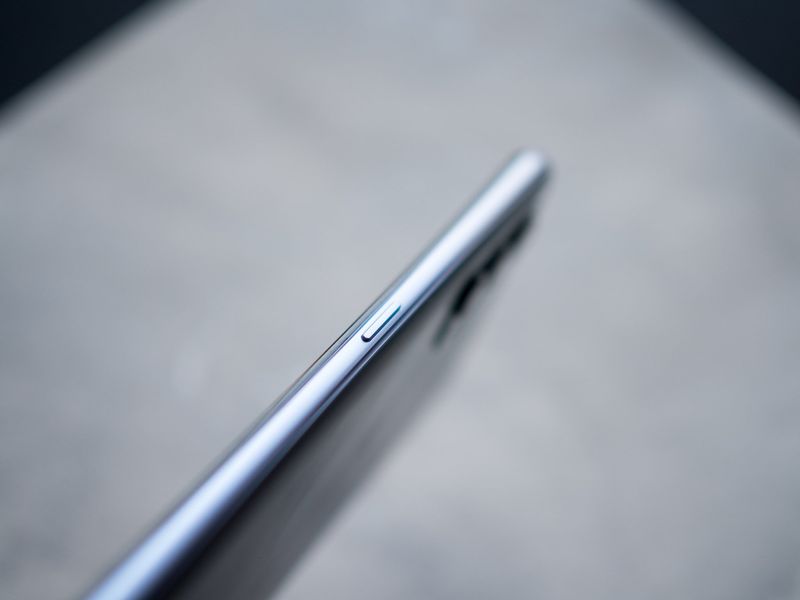
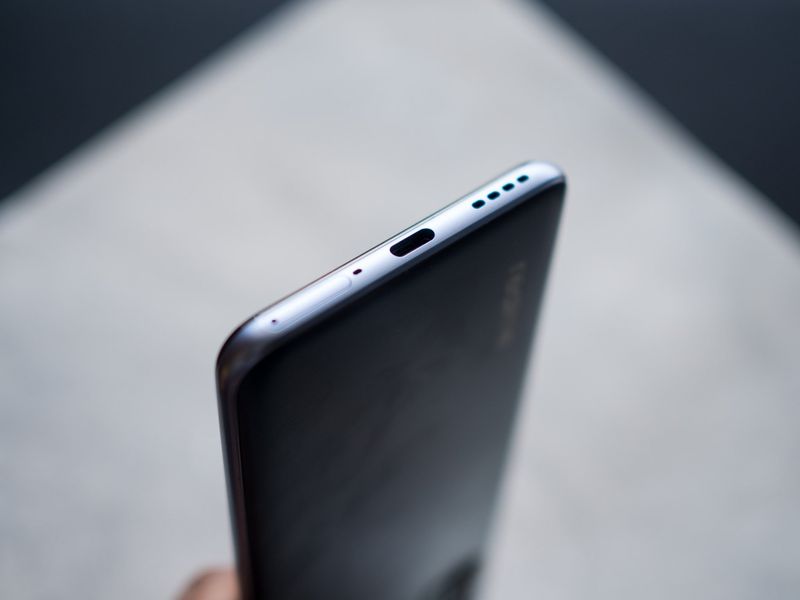
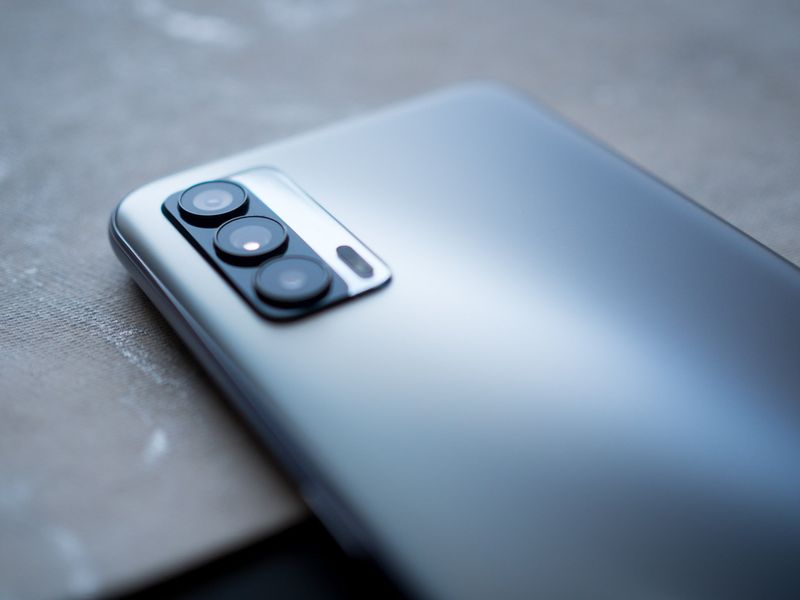
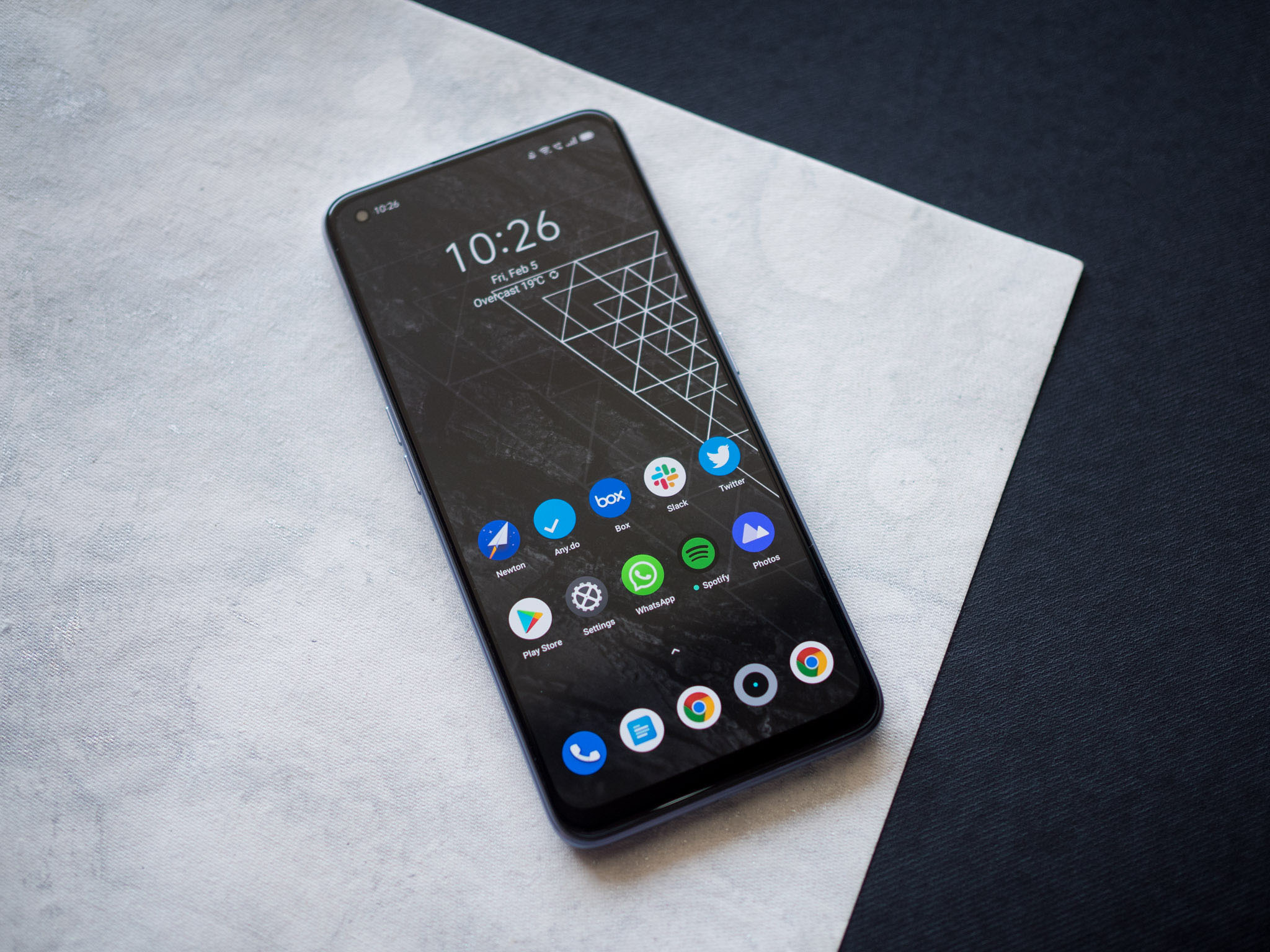
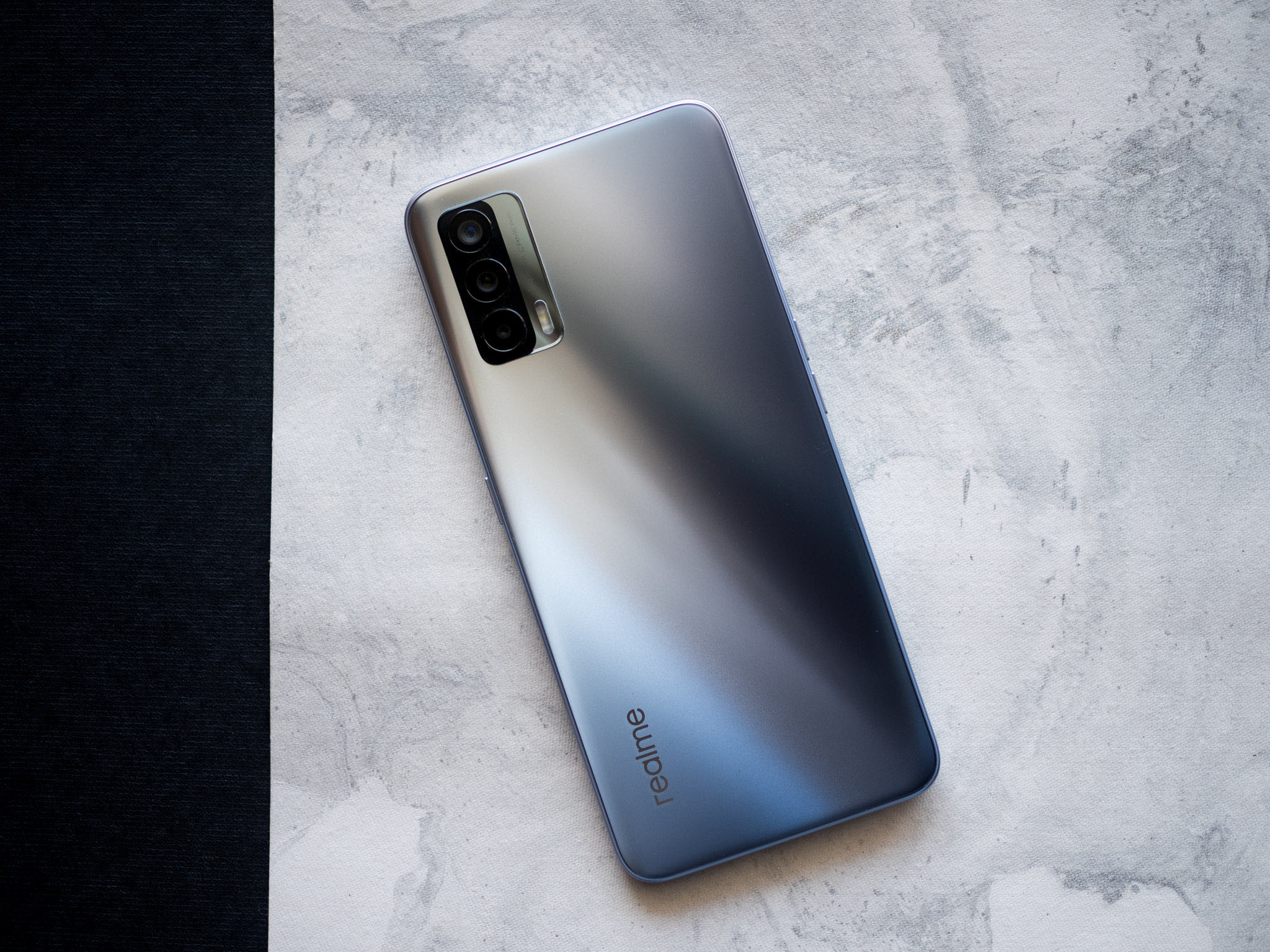
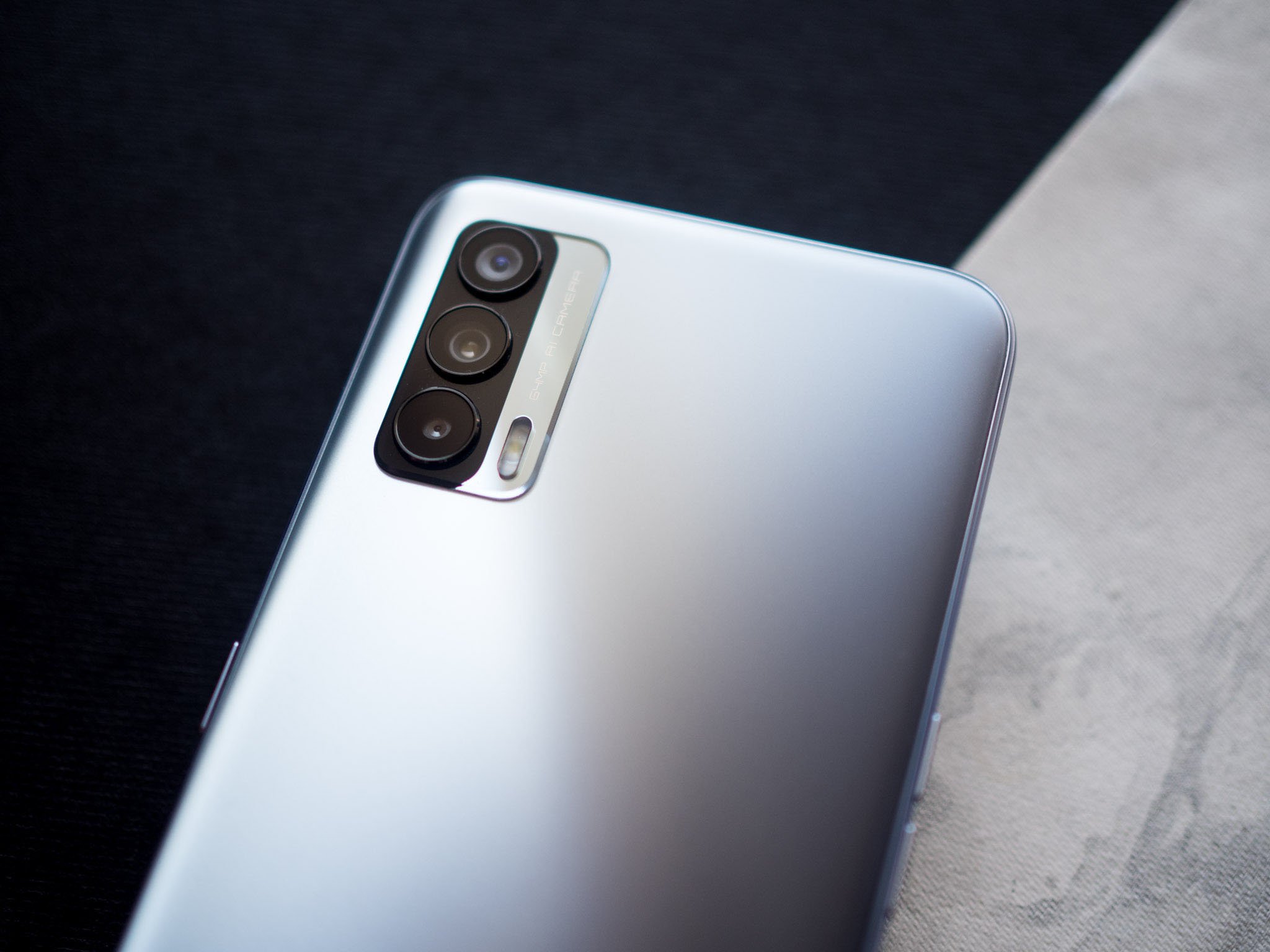
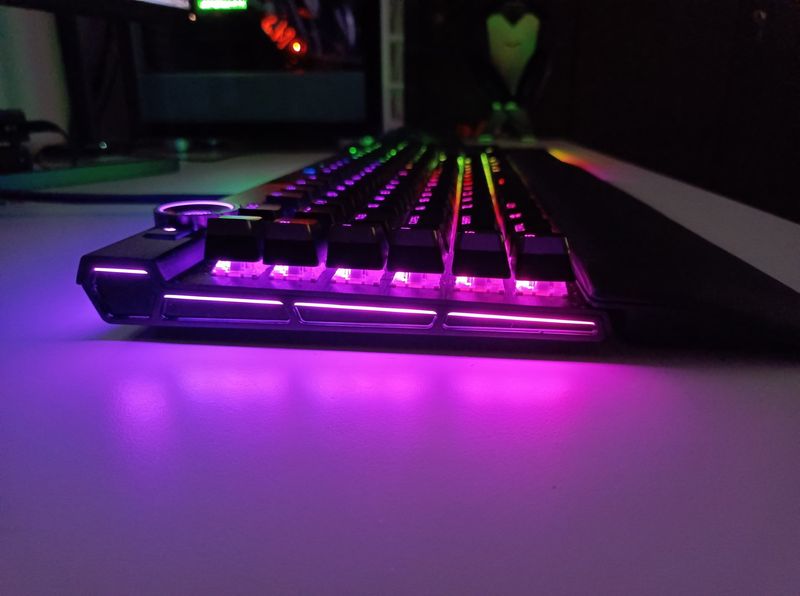

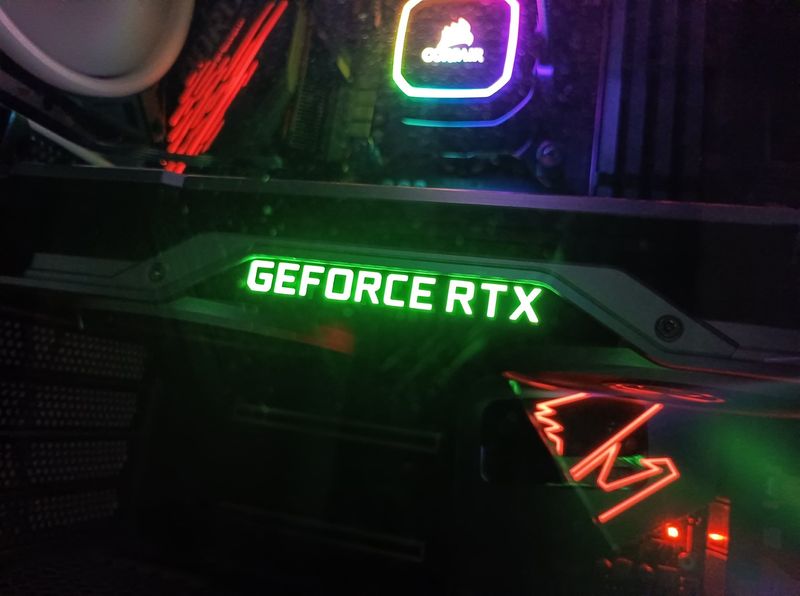
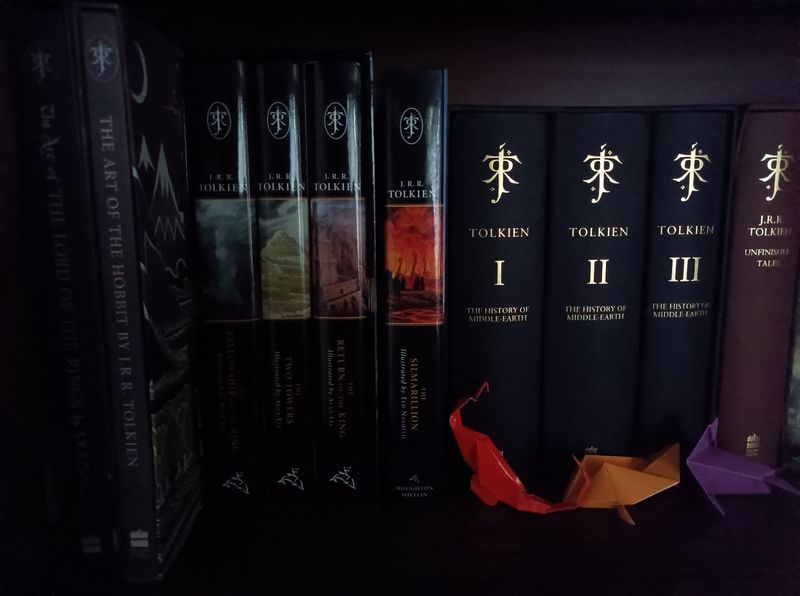

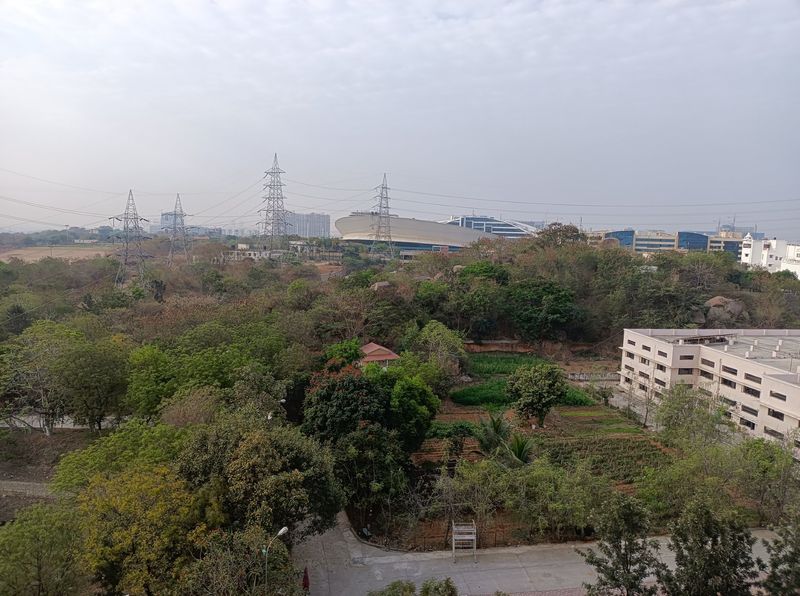
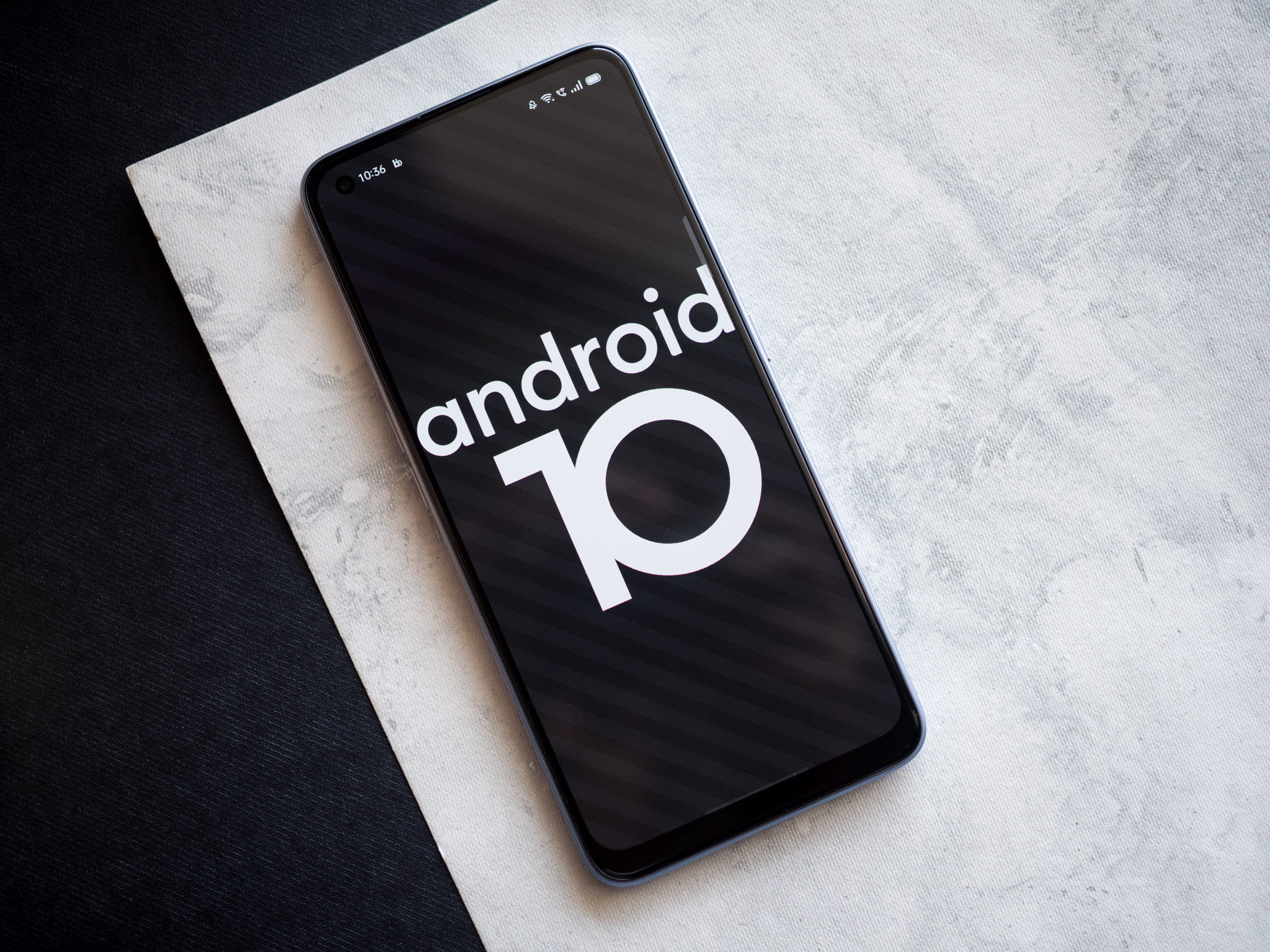
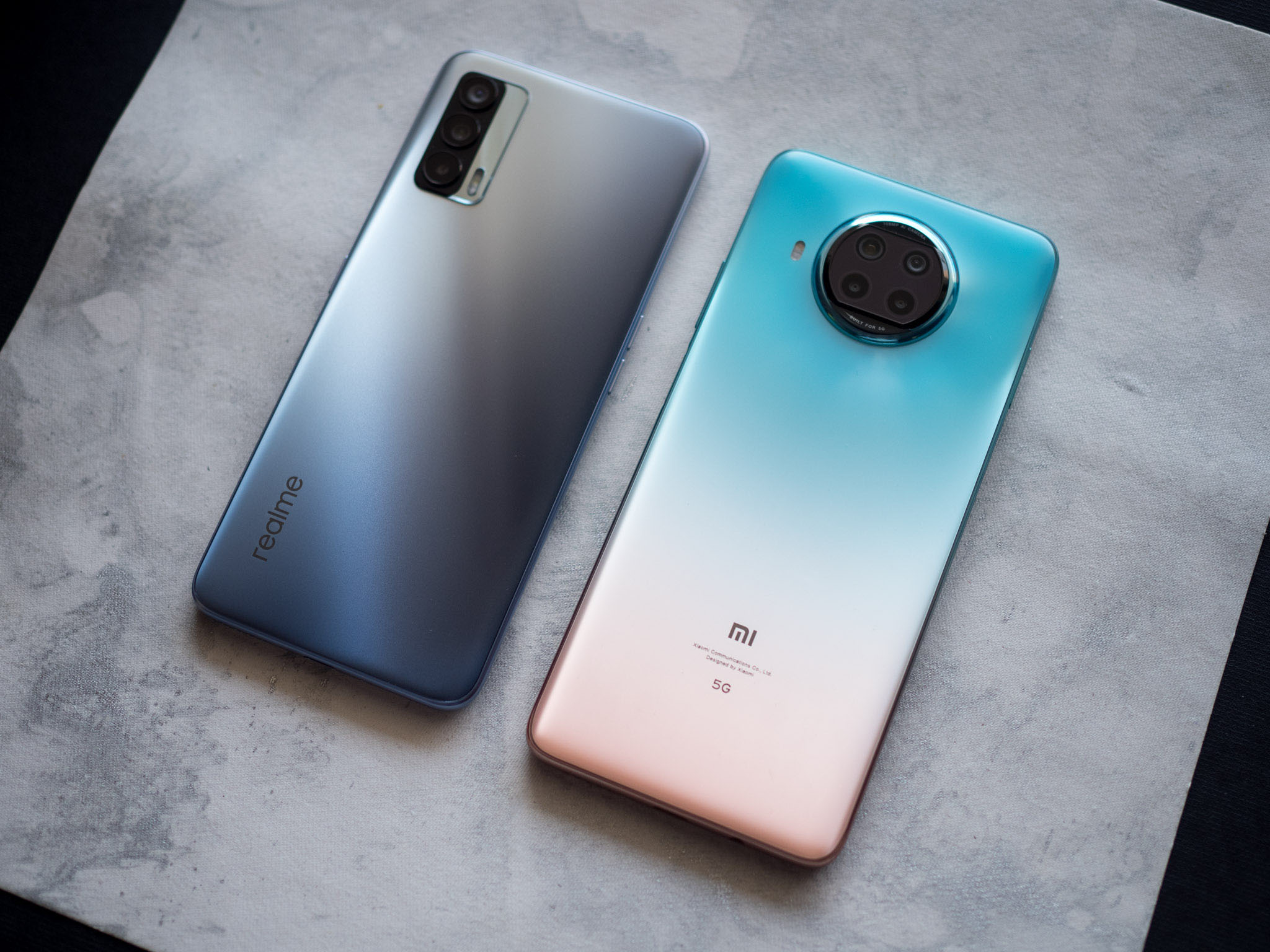
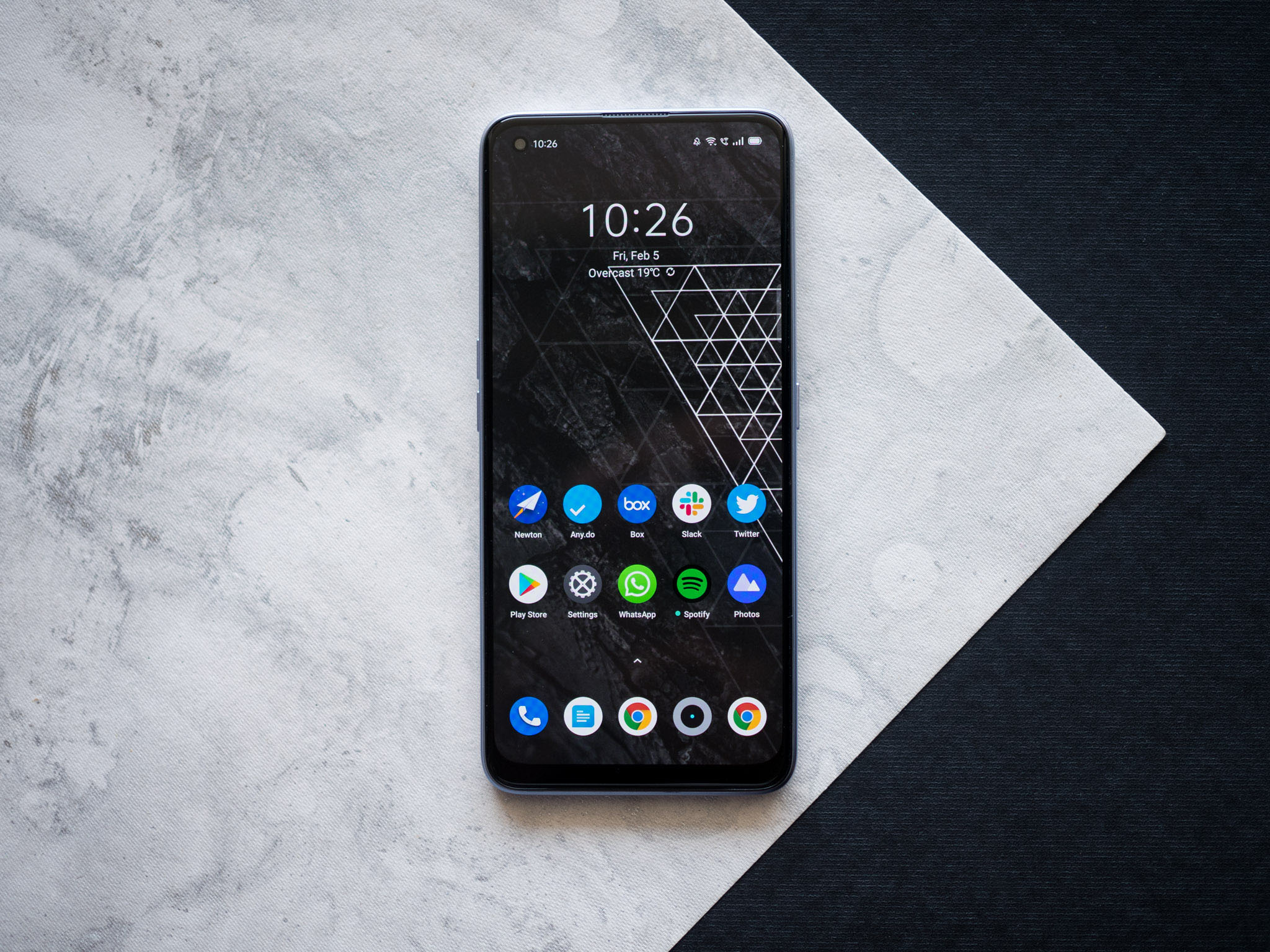

Post a Comment